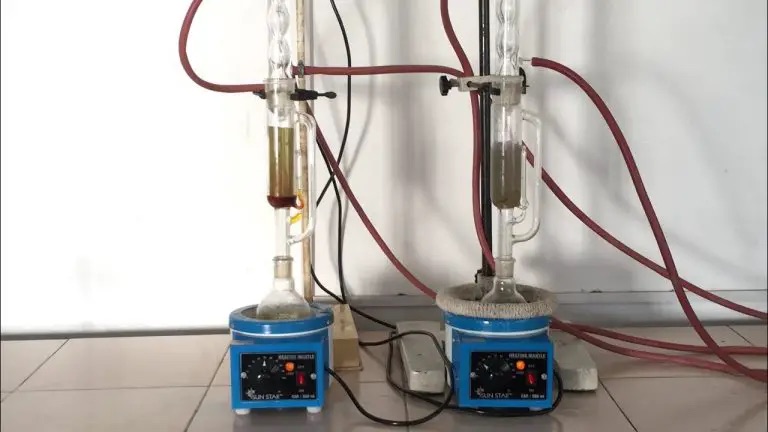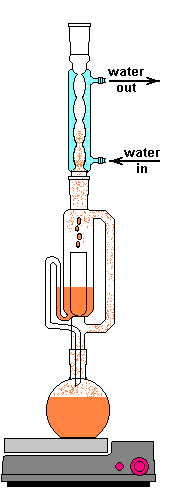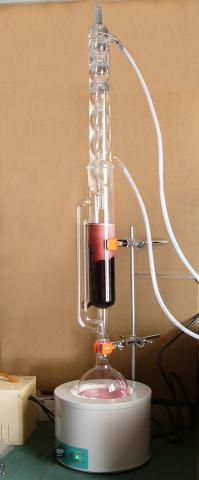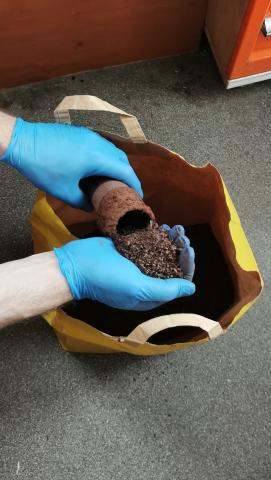
As a dedicated luthier, I'm always searching for new ways to improve the quality of my instruments. We all know how important varnish is: aesthetically, protectively, and acoustically. Here, I want to focus on some aspects related to aesthetics: the coloration.
The world of violinmaking varnishes is vast: numerous books have been written and numerous studies have been carried out in an attempt to uncover the components of the most beautiful varnishes used by the old masters.
We can divide the varnishes used in classical violinmaking into two main categories: oil varnishes and spirit varnishes.
There are different schools of thought and traditions that support one rather than the other.
I won't go into a debate about which of the two is the best, also because these are very subjective opinions and, as often happens, there is no absolute truth.
Personally, after having tested both methods, I have sided with spirit varnish, with which I feel a greater affinity.
There are numerous alcohol-based recipes that, among other things, can include a huge amount of possible combinations of ingredients: there are hundreds of variations. Each workshop adopts its own and, usually, it is handed down from generation to generation but, often, it is also preferred to experiment with new compounds rather than rediscover recipes of famous luthiers "who were". There is really much to have fun with.
We can mention some ingredients that, however, are common to all these recipes (remaining within the scope of spirit varnishes, of course) and are:
The alcoholic solvent, the shellac, various resins of natural origin and the dye (the latter can be given by the resins themselves, or can be obtained from colored wood essences. Commercially available are also alcoholic dyes of synthetic origin but the beauty is not comparable to that of their natural origin counterparts)
Personally, for coloring the varnish, I prepare my own dyes with the extraction technique using a Soxhlet (or steam distillation).
The Soxhlet and the steam distillation
Steam distillation is a process that uses boiling alcohol to extract soluble compounds from a solid material. The solid material (wood chips such as rosewood, sandalwood and padauk, but also spices such as turmeric...) is placed in a filter. This is inserted inside the central body (the extractor). The lower body (the Soxhlet flask) houses the alcohol. This is brought and maintained at boiling point by means of an electric heater.
The steam generated during boiling reaches the upper part of the Soxhlet (the condenser) through a duct. This element is kept cool by a constant flow of refrigerant liquid (usually water). When the steam comes into contact with the cold walls of the condenser, it condenses and precipitates inside the filter, extracting the tannins contained in the wood chips. When the filter is completely submerged, the alcohol falls back inside the flask through a secondary duct. Then the cycle starts again.

My experience
I have always used this procedure to color my varnishes. I consider it a fascinating process that gives great satisfaction. I believe that this method is a valuable tool for luthiers who want high quality varnishes, with natural, bright and long-lasting colors.

